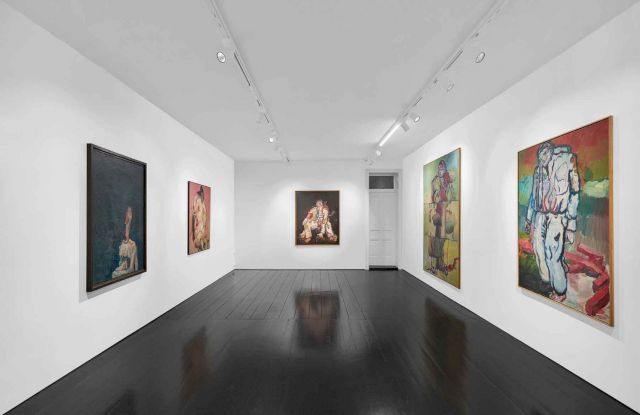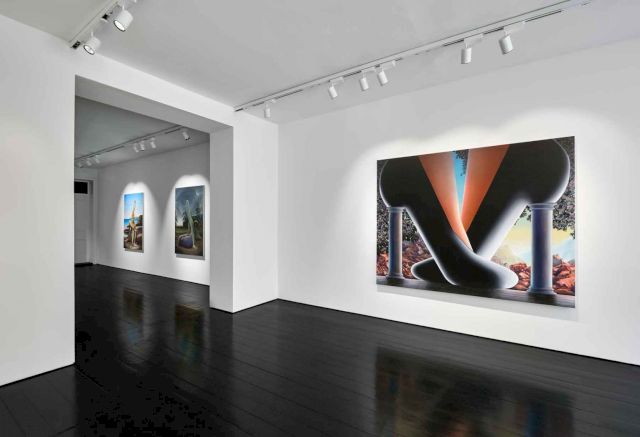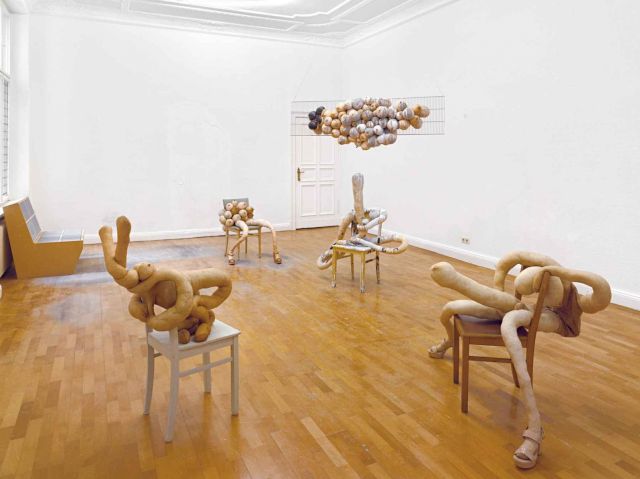BMW Art Guide by Independent Collectors
Contemporary Fine Arts – Berlin, Germany
From West to East and Back Again: a Berlin Institution That’s Made Its Mark

In the early 1990s, Berlin was not an art hub. Instead, collectors would go to Cologne to seek out pieces in Europe. However, in 1992, this all changed. “When the wall came down, on the 9th November, it was Art Cologne art fair,” Bruno Brunnet, founder of Contemporary Fine Arts remembers. “Even the next morning, you could tell that people bought some things that had to do with this.” Before he knew it, Brunnet moved to Berlin and set up his own space in an old bakery, above a second hand clothing store on Wilmersdorferstrasse. “I thought Cologne was over – the future will be Berlin. But I was a bit scared about the anarchy of the former East, it was all new to me, even the smell in the street.” So he stuck to the West, just around the corner from Paris Bar, at that point a very important meeting place for artists.


In 1996, however, the gallery joined many of its cohort in Mitte, and spent twenty years in the city’s former East, first in a former butter factory, then in a building opposite Museum Island. In his fourth location, Brunnet (now joined at the helm by his wife and business partner Nicole Hackert) last year finally returned to his roots in the West, in the upscale residential surroundings of Charlottenburg. Over this period the gallery has supported some of the world’s most successful artists: Huma Bhabha, Bjarne Melgaard, and Juergen Teller, to name a few. Often cheeky, sometimes serious, but always worth seeing, the shows at CFA have ranged from what Brunnet calls “forklift shows” (named after the vehicles required to get the works installed) to more restrained uses of space, such as the knockout show of Sarah Lucas’s work in 2017, in which the artist also performed a foot-bathing ceremony.


“The shows we can install here are of course different than we could install at the last location,” Brunnet says. “But in Berlin, if I started looking for a big hall at 9am, by noon I would have one. For our clients and artists, it’s more important to be in a city where you have normal people living and shopping.” The new space, unlike the previous one, isn’t a total tourist destination. “It was good for the city, and good for business, it just wasn’t our business,” he explains.
Whether in the East or West of this now-united city, Brunnet has held onto the one thing that keeps him going in the art business: talking to artists. “Georg Baselitz is eighty, but we regularly meet with him and his wife and sit for four, five, six hours in a restaurant, drink and talk. I don’t know if that’s the goal of the gallery but at least it keeps me going. Michael Krebber, whose work I opened the gallery with, is still, after all these years, just the same. It’s the same with Sarah Lucas, Tal R…” Talking to people, after all, allows you to communicate, to see their real interests, and show them what yours are. In other words: it builds a relationship. For Brunnet, there’s nothing more important. “The older I get, it’s more about the people you know I can trust.”
by Josie Thaddeus-Johns

Josie Thaddeus-Johns is a writer and editor based in Berlin, covering art, music, film and more. She writes for the Guardian, Broadly, Creators Project, and others. She is currently working on her first novel.
All images courtesy CFA, Berlin
More Information on CFA